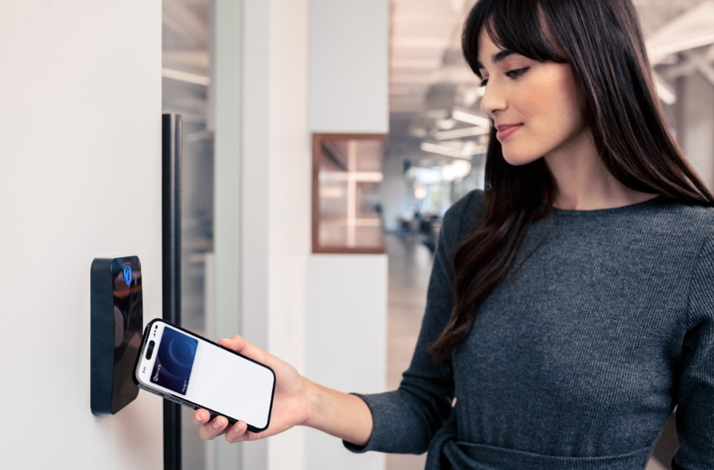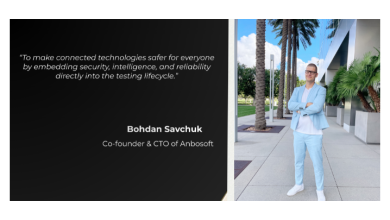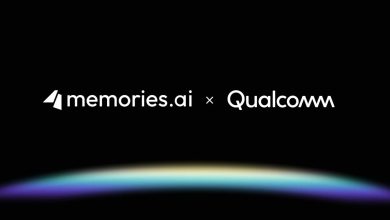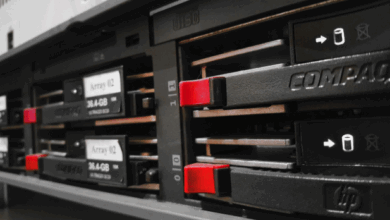
Remote and hybrid work have reshaped the modern workplace, with 41% of working adults in Great Britain embracing flexible arrangements. The benefits are clear: greater flexibility, improved work-life balance, and, in many cases, even higher productivity. However, some employers are worried that remote working is not all it’s cracked up to be, negatively affecting productivity and idea generation. As a result, some employers have ordered employees back to the office, such as Boots and THG, others have tried to take a different approach, creating a more welcoming environment and enticing employees back with perks and amenities to make the office a “home away from home.”
No matter what working model a business chooses to introduce—even if it’s to keep things exactly as they are—there remains a need to understand how an office works and employees use them to create an environment where employees are safe, more productive and can benefit from in-person interaction.
The rise of smart access solutions
Understanding how people use the office demands data, and today many offices are collecting information on how spaces are being used through their security systems. More offices than ever are using smart access solutions, driven by the need for both security and convenience. Having a keyholder who arrives early to open up an office is rare today, and it’s far more common for each employee to carry a card or key fob. The more modern offices offer mobile credentials, when employees are empowered to access their workspaces freely and even move between several work locations, everyone benefits.
Managing access with a cloud-native system offers significant advantages, employers can access the system via browser and mobile apps to grant immediate access via digital credentials, provide temporary access to contractors, revoke permissions, and view activity in real time. This flexibility is especially valuable in hybrid work models, where employees may not have consistent schedules and may work at several sites. A cloud-native solution also allows managers to admit contractors and visitors to sites, even when a local receptionist is not present. Two-thirds (66%) of security professionals say that cloud-based access control has improved their overall security.
Smart access solutions go beyond just securing entry points. They integrate with video cameras, motion sensors, and other security technologies to provide a comprehensive security view. But the value doesn’t stop there. Modern security systems also generate valuable data that not only helps detect anomalies but also reveals operational insights, like how employees interact with office spaces to optimise efficiency and resource planning.
Understanding how people use the office
The key to creating a successful workplace strategy begins with data-driven decision-making, leveraging event logs, video intelligence, amenity booking logs and sensor data to craft an office environment that meets both business and employee needs. Even at a basic level, this data provides valuable insights into key questions like:
-
When are people arriving and when do they leave?
-
Which spaces and amenities are being used most often?
-
Which days are and times are most popular?
Many employers want to foster employee interactions, so understanding how employees spend their time is key. This includes using data to track office attendance trends and adjust resources accordingly, as well as evaluating whether shared spaces are being utilised as intended.
Businesses have invested in office perks such as on-site cafes, wellness rooms, and lounges to attract employees back to the office. However, without data, it’s difficult to assess whether these investments are actually enhancing the employee experience. By analysing office usage patterns, businesses can ensure that their workplace investments align with what employees truly value.
Using AI to improve security
Large offices and multiple facilities operating with hybrid work schedules present a variety of challenges for facility managers charged with ensuring a safe and productive work environment. Many facilities are operating with limited reception staff thus creating the need for automated employee and visitor access along with more intelligent monitoring of the spaces.
AI can provide this intelligent monitoring by assessing the typical working pattern of individuals to provide notice to facility managers if the office is being entered at an unusual time. AI can also be used to dynamically filter events using natural language queries rather than running static reports. When an incident is reported, administrators can streamline evidence gathering (including video footage) into one incident report.
The digitisation of access control has distinct benefits for property managers and users. Employees who have forgotten their access credentials can be admitted remotely or issued new digital credentials allowing them to enter the facility with their mobile phone. Visitors can be pre-screened and issued digital credentials so that they can enter the facility freely with their host being notified of their arrival.
Often, carrots can work better than sticks. Ordering back to the office risks morale taking a hit, and even churn if employees react badly. But creating an environment where employees want to be, rather than feel forced to be, can help either entice people back to the office, or at least accept a hybrid compromise. What that environment looks like can be a case of trial-and-error or guesswork, unless employers can use their smart access and security solutions to better understand their employees and their environment.
By making use of AI-driven insights and digitising security operations, businesses can provide workspaces that foster productivity, collaboration, and engagement. Ultimately, the future of work isn’t about enforcing rigid policies, it’s about embracing flexibility and using technology to create spaces that support both business goals and employee well-being.




